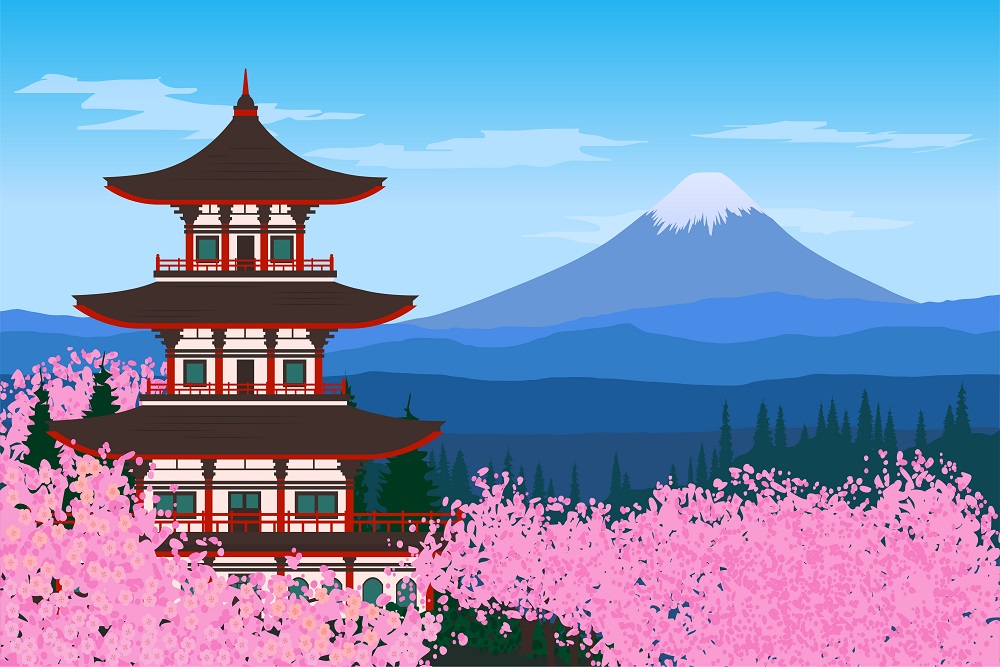
Anime is undoubtedly one of the hottest cultural trends going right now. The global anime market is easily worth billions of dollars, and companies seem to be falling all over themselves to produce as much new content as they can. They keep spitting it out and fans keep eating it up. It can all be quite overwhelming. However, it doesn’t have to be.
A fascinating Chey Scott piece published on the Inlander website discusses this very thing. In the piece, Scott admits to being so overwhelmed by the sheer size and scope of the anime culture that avoiding it altogether seemed to be the wisest strategy. That has since changed. Scott is now a big anime fan thanks to her partner, Will.
Stories, Canon, and More
Anime isn’t just a style of animation. It is an entire culture filled with stories, official canon, well-known characters, and more. It is easy for a newbie to feel overwhelmed just trying to take it all in. But that is where the mistake is made. It is not necessary to fully understand the entire anime universe to enjoy it. You can start with a single series and appreciate it for its own strengths.
The big thing about anime is that it relies heavily on characters and story arcs to maintain commercial viability. As such, it is very easy to fall into the temptation of believing that you have to know everything about a given character or story to truly appreciate a streaming series you are currently watching. But you really don’t have to.
It takes time to learn everything. And even the most learned anime fans don’t know it all. They cannot possibly. With thousands of series and tens of thousands of combined episodes, the best most anime fans can do is scratch the surface. That’s okay. One doesn’t have to be an anime expert to enjoy a good TV series or film.
A Way of Telling a Story
Scott nails it when she describes anime as “just another vehicle for amazing storytelling.” Just like Western animation tells stories using visual cues most of us are familiar with, anime does the same thing using an Eastern style of animation with its own, unique visual cues. What hooks most fans is the story.
The ability to tell stories well is that which separates good animators from poor ones. It is what separates Oscar-winning directors from their counterparts whose films are never nominated for such an illustrious award. Tell a story in a way that connects with viewers, and you win an audience. Fail to do that and your audience will be fleeting.
For some reason, professional anime creators are exceptional storytellers. Perhaps they are storytellers first, animators second. The specifics don’t really matter. What matters is that people consume the content they create.
Stories Without Animation
As an interesting side note, there are some anime creations that tell a story even without animation. Take the Umai anime clothing and apparel brand. Every piece in the Umai collection features original artwork from one of the company’s founders. This is still art. There is no animation involved. Yet you can look at any piece and easily imagine a story behind it.
Umai clothing is yet another example of how vast the anime culture is. New fans can easily be overwhelmed by it all. But they don’t have to be. As a new fan, you can choose one or two series and focus on them. When they conclude, you move on to another. By taking it slow, you gradually learn until you become a genuine master.












